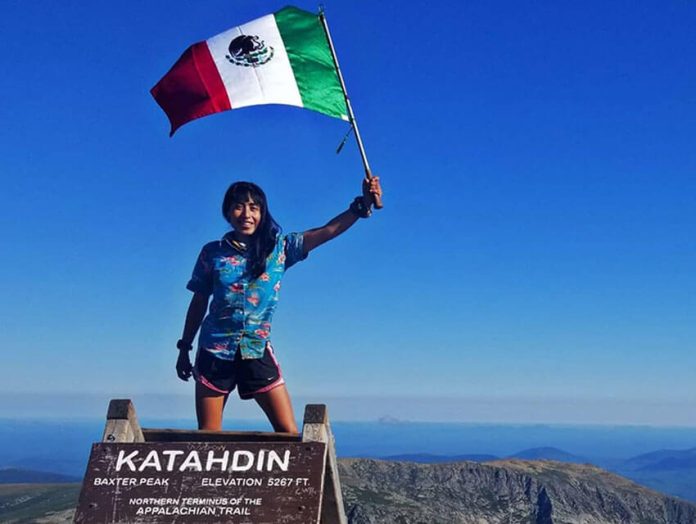The most famous long hiking trail in the United States is the 4,270- kilometer Pacific Crest Trail (PCT), which stretches from the borders of Mexico to that of Canada, passing through California, Oregon and Washington. People who hike this trail all in one go, end to end, and other ultra-long trails like it, are called thru-hikers.
Few have managed to completely hike the PCT, and fewer still have thru-hiked the entire Continental Divide Trail (4,873 kilometers) and the Appalachian Trail (3,540 kilometers), as well. Those few who achieve this feat are awarded the Triple Crown of Hiking by the American Long-Distance Hiking Association-West.
Only 525 people worldwide have done this. And among that select group, there is only one Mexican: Zelzin Aketzalli.
For my column this week, I’m letting her tell her story, in her own words, translated into English.
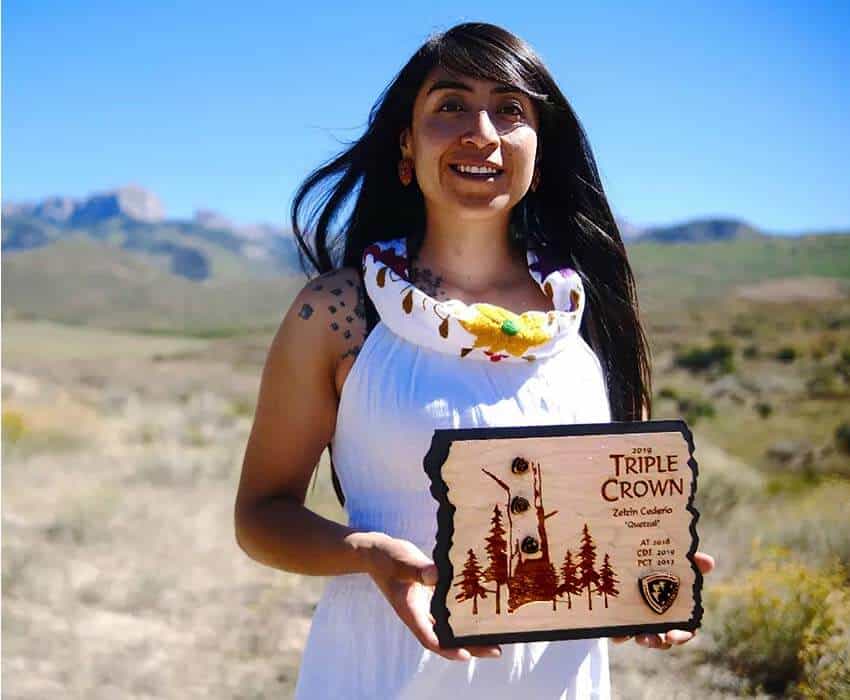
I’m from Mexico City, and I lived there almost all my life. I grew up in Iztapalapa, one of the most dangerous barrios, and the most heavily populated, so my family was anything but rich. And I knew the rough life on the street: I lived in the ‘hood, where you could never get away from drugs, alcohol and crime.
The biggest help I got in childhood was from my father; he taught me to love sports. From [when I was] little, he took me out to swim, to run, to box, to appreciate good sportsmanship. He taught me to take training and competition seriously, to understand the meaning of commitment. All this has stuck with me throughout my life.
At the age of 11, I decided I wanted to be an engineer, to study at the National Polytechnic Institute, a very good school of engineering. I had no money to finance my dreams, so I started working in a tianguis (neighborhood market), helping people put up their stands, hauling around heavy metal poles. That’s how I earned money to buy things like clothes, tennis shoes or a skateboard.
In the tianguis, I did work usually done by a man. I think this experience marked my character. People would make fun of me, but I learned how to stick to my guns.
At 18, I helped a friend organize the first mountain bike team at the Polytechnic Institute. We won several medals. It was all men except for me.
This represented a real challenge for me because they would race down hills really fast. I would do my best to keep up with them until I decided that I would have to train on my own to really know my own skills and my limits. So I began to go off on my own, cycling in the mountains. At first, I was unsure of myself. There were no established mountain bike trails in Mexico at that time, so I had to pay strict attention to details: I needed to remember a particular rock or a certain tree to make sure I was still on the right trail.
I trained for competition, eventually entering a national series of eight races all over the country. I came in third.
All this time, I was studying to be a communications engineer. When the day of my graduation came, I was 23 years old and had been promised a job at a TV channel. To celebrate our graduation, my compañeros planned to party at the beach, but I decided I would do something different, something I wasn’t used to: I would ride my bicycle from Mexico City all the way to Patagonia.
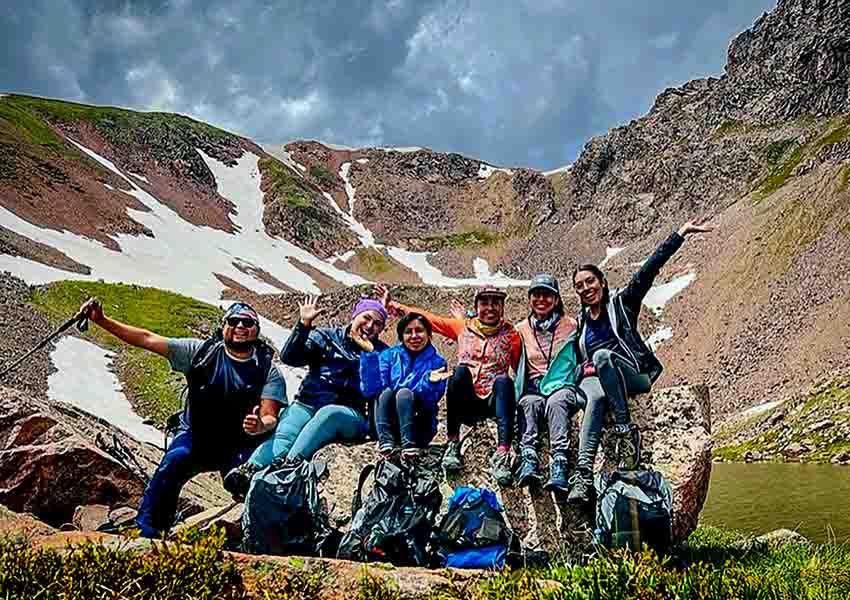
To train for this, I decided to cycle to Veracruz, over 200 kilometers away. I did it, but when I arrived there, my whole body hurt. I thought: “It will probably take me two years to get to Patagonia. Is this how I’m going to feel every night? This is not for me!”
So I started looking for something else to put my energy into. By chance just then, along came two cyclists from California who told me all about the Pacific Crest Trail.
I just couldn’t believe such a thing existed: a cross-country sendero (trail), 4,270 kilometers long, where you could test your abilities and nobody would bother you! Well, I researched it and made up my mind right on the spot: I was going to do it!
This was in November 2016, and by February 2017, I had my visa. By April, I was on the trail, covering 40 to 50 kilometers per day. But back when I had been investigating it, I discovered that I would have to deal with snow — and I had never even seen snow in all my life!
So before heading for the United States, I sought out an old friend whom I had known back when I worked in the tianguis. He loved climbing and had hiked the eight highest mountains in Mexico.
I asked him, “Do you know the route for climbing Iztaccihuatl? And he said, “Sí, vámonos!”
Now, I had always been afraid of heights, even at the top of a Ferris wheel. But I was hoping I’d have no problems like that on top of mountains.
However, when we reached the most difficult part of Iztaccihuatl, La Rodilla, [located] at 5,000 meters altitude, I was panicked. “I’d rather just die here,” I told my friend.
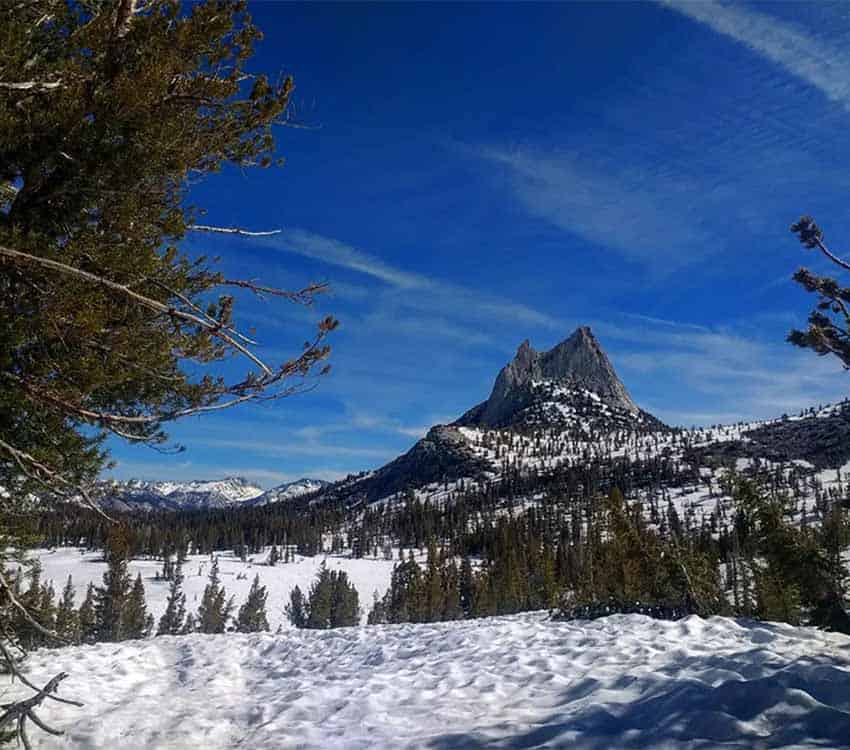
“Don’t worry,” he replied, “we’re almost there.”
And, finally, I did it: I reached the peak.
Well, I had gone to Iztaccihuatl to get used to snow, but there was no snow up there at all! Sad to say, our volcanoes are drying up here in Mexico.
In April 2017, I started out on the PCT using the trail name Quetzal. I didn’t have the right kind of shoes or backpack; in fact, I had bought almost all my gear in the tianguis in Mexico! Still, my aim was to do it as a thru-hike, all in one go. So I didn’t dawdle around. I actually covered 40 to 50 kilometers per day.
I was on the Pacific Crest Trail for 153 days, and at the end, I knew that this was the sport for me. It changed my life, it changed my whole way of thinking and believing; I fell in love with it!
The year I did it was one in which they had the most snow in that part of the U.S., but I wasn’t worried because I didn’t know anything about snow. I was curious.
At that time, I didn’t know a word of English — nothing! One of my objectives on the trail was to learn the language by trying to talk to everyone I met.
We Mexicans are very friendly, and we also love to talk. So I carried a little notebook where I would get people to write expressions I wanted to remember. I got plenty of practice because I met only four Latinos doing the Pacific Crest Trail, that’s all.
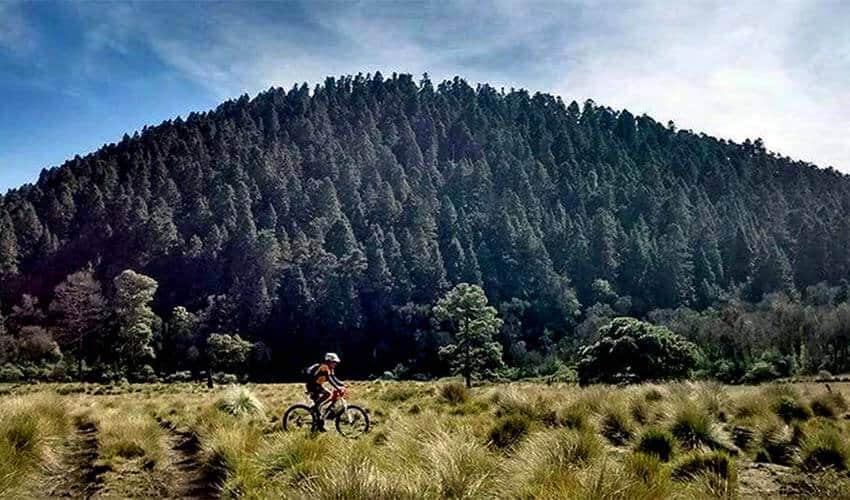
Everyone else was from France, Japan, Germany, England or wherever, and they were all surprised to meet a Mexican trying to do a thru-hike on this trail — and not just a Mexican, but a Mexican woman!
Eventually, I reached the Sierra Nevada of California, the PCT’s most difficult part. Here, everyone was talking about snow conditions, and they were all turning back, but because I didn’t understand English then, I didn’t know I was supposed to stop — so I just kept going! I learned how to use my crampons and ice axe by trial and error.
And 153 days after I started, I finished the trail. Then I did the Appalachian Trail and the Continental Divide Trail, a grand total of 12,674 kilometers.
Zelzin Aketzalli has so far hiked a grand total of 16,526 kilometers. Her new challenge, she says, is to establish the sport of long-distance hiking here.
John Pint has lived near Guadalajara, Jalisco, since 1985. His most recent book is Outdoors in Western Mexico, Volume Three. More of his writing can be found on his blog.
